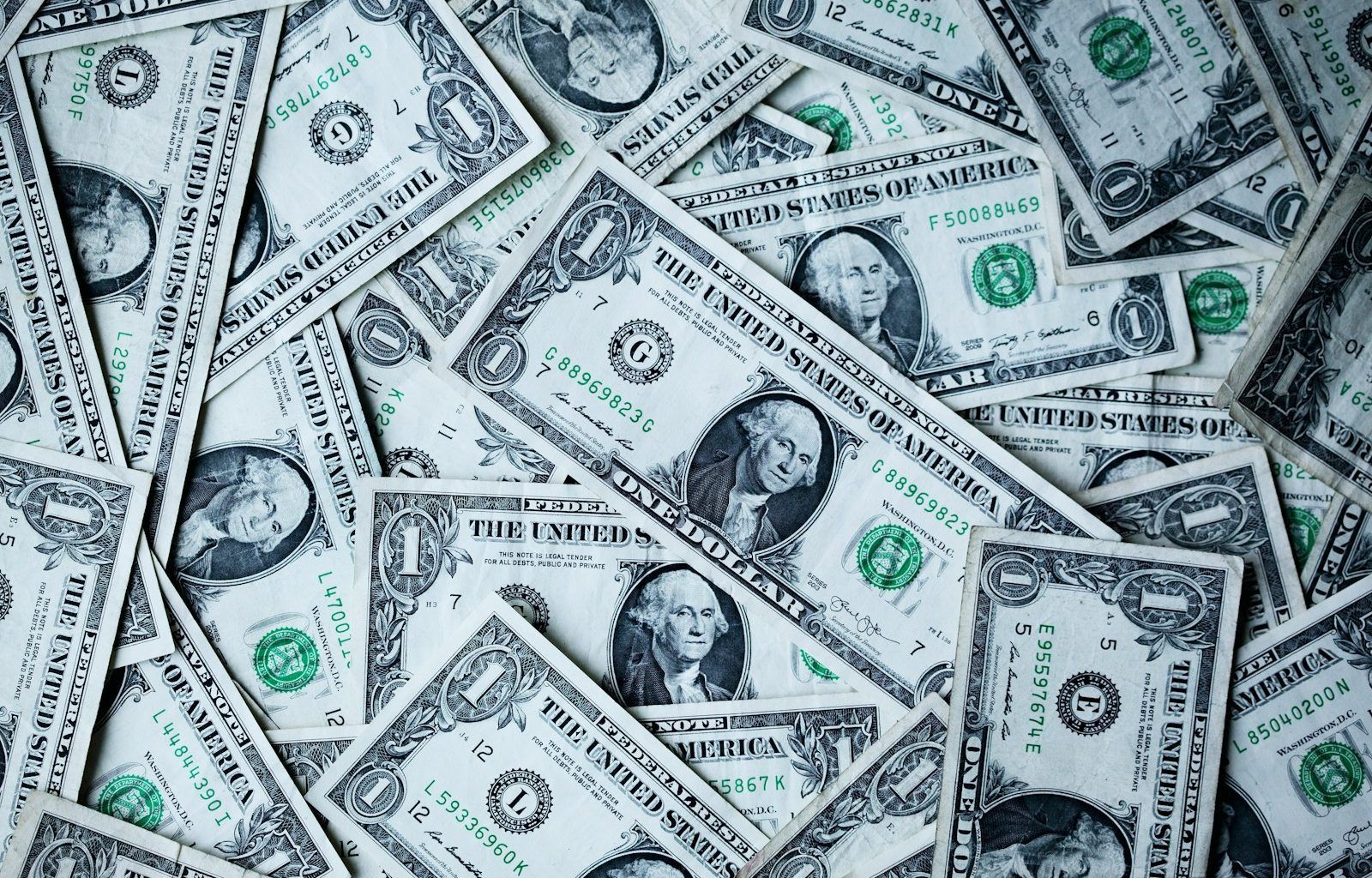If you’ve ever wondered how much artists earn from streaming their music on Spotify, you’re not alone. The concept of “Spotify revenue per stream” has been a hot topic among musicians, fans, and industry insiders alike. With streaming becoming the dominant way people listen to music, it’s important to understand how revenue is distributed and whether it’s fair for creators. Let’s break it down and explore this topic in detail.
The Basics of Spotify’s Revenue Model
To understand Spotify’s revenue per stream, it’s essential to first grasp how the platform’s payment system works. Spotify operates on a revenue-sharing model. This means the money it earns from subscriptions and advertisements is pooled together. From this pool, Spotify takes a percentage to cover its operational costs and profits. The remaining amount is distributed among rights holders, including record labels, publishers, and artists.
While this seems straightforward, the devil is in the details. Spotify doesn’t pay artists directly based on the number of streams their songs receive. Instead, it uses a “pro-rata” payment system. In this system, an artist’s earnings depend on the total revenue available and their share of total streams on the platform during a specific period.
What Is Spotify Revenue Per Stream?
The term “Spotify revenue per stream” refers to the estimated amount an artist earns each time their song is played. On average, Spotify’s payout per stream ranges between $0.003 and $0.005. However, this is not a fixed rate and can vary widely based on factors like:
- Listener’s location: Streams from countries with higher subscription fees generate more revenue.
- Subscription type: Premium users contribute more to revenue than free-tier listeners who rely on ads.
- Record label agreements: Artists signed with labels often see a significant portion of their earnings go to their label.
Why Do Payouts Vary?
Spotify revenue per stream isn’t a straightforward calculation because it’s tied to various factors. For instance, a stream from a listener in the United States, where subscription fees are higher, will generate more revenue than a stream from a country with lower rates. Additionally, premium subscribers contribute more to the revenue pool compared to free users, who are exposed to advertisements.
Another important aspect is the role of record labels. Artists who are signed to labels often have to share their revenue, which means they might receive less per stream compared to independent artists. This variability makes it hard to pinpoint an exact rate for Spotify’s revenue per stream.
How Does Spotify Compare to Other Platforms?
Spotify isn’t the only music streaming service out there. Platforms like Apple Music, Tidal, and YouTube Music also pay artists for streams, but their payout structures differ. Here’s a quick comparison:
- Apple Music: Pays around $0.01 per stream, nearly double Spotify’s average.
- Tidal: Known for its artist-friendly policies, Tidal pays higher rates, especially for its HiFi subscription tier.
- YouTube Music: Generally pays less than Spotify, with an average payout of $0.002 per stream.
When you consider Spotify’s global reach and user base, its lower payout per stream may seem surprising. However, its dominance in the market means many artists feel compelled to be on the platform, despite lower earnings.
The Role of Independent Artists
For independent artists, Spotify can be a double-edged sword. On one hand, it provides a platform to reach millions of listeners worldwide without the backing of a major label. On the other hand, the revenue per stream is often too low to make a significant living solely from Spotify streams.
To maximize their earnings, many independent artists adopt strategies like:
- Building a loyal fanbase: Engaged fans are more likely to stream songs repeatedly and attend live shows.
- Releasing frequently: More releases mean more chances to get streams.
- Using playlists: Being added to popular playlists can significantly boost an artist’s exposure and streams.
Can Artists Make a Living from Spotify?
This question doesn’t have a simple answer. For top-tier artists with millions of streams, Spotify revenue per stream can add up to substantial earnings. However, for emerging or niche artists, the revenue is often insufficient. For example, if an artist earns $0.004 per stream, they would need 250,000 streams to make just $1,000.
Many artists supplement their streaming income with other revenue streams like merchandise sales, live performances, and crowdfunding. Spotify’s payouts alone rarely provide a sustainable income for most musicians.
The Controversy Around Spotify’s Payment System
Spotify has faced criticism for its payout model, with many artists and industry professionals arguing that the current system undervalues their work. The pro-rata system, in particular, has been a point of contention. Critics argue that it disproportionately benefits major artists and labels while leaving smaller, independent musicians with a tiny slice of the pie.
Some have proposed alternative models, such as a “user-centric” payment system, where a listener’s subscription fee is divided only among the artists they stream. While this approach could address some inequities, Spotify has yet to adopt it, citing logistical challenges.
The Bigger Picture: Streaming and the Music Industry
Despite its flaws, Spotify and other streaming platforms have revolutionized the music industry. They’ve made music more accessible than ever, allowing artists to reach audiences worldwide. For listeners, streaming services provide an affordable way to enjoy millions of songs on demand.
However, the low revenue per stream raises questions about the sustainability of this model for artists. Many musicians have called for a more equitable distribution of revenue, emphasizing the need for platforms like Spotify to prioritize creators’ livelihoods.
What Can Be Done to Improve the System?
Improving Spotify’s revenue per stream and addressing artists’ concerns require a multi-faceted approach. Some potential solutions include:
- Adopting a user-centric payment model: This would ensure artists are paid based on individual listeners’ preferences.
- Increasing subscription fees: Slightly higher fees could boost the revenue pool and lead to higher payouts.
- Providing more transparency: Clearer reporting on how revenue is distributed would help build trust with artists.
Additionally, listeners can play a role by supporting their favorite artists through direct purchases, attending live shows, and promoting their work.
Conclusion: The Future of Spotify Revenue Per Stream
The debate over Spotify revenue per stream is far from over. While the platform has undoubtedly transformed how we consume music, it’s clear that its payment model leaves much to be desired for many artists. As the industry evolves, there’s hope that more equitable solutions will emerge, ensuring that creators are fairly compensated for their work.
For now, understanding the complexities of Spotify’s revenue system can help both artists and listeners make informed choices. Whether you’re a musician navigating the streaming landscape or a fan supporting your favorite acts, every stream matters.
Related Articles:
For further reading, explore these related articles:
- Remembering Kenny Rogers: A Journey Through His Songs
- Suge Knight: The Man Who Changed Hip-Hop Forever
For additional resources on music marketing and distribution, visit DMT RECORDS PRIVATE LIMITED






